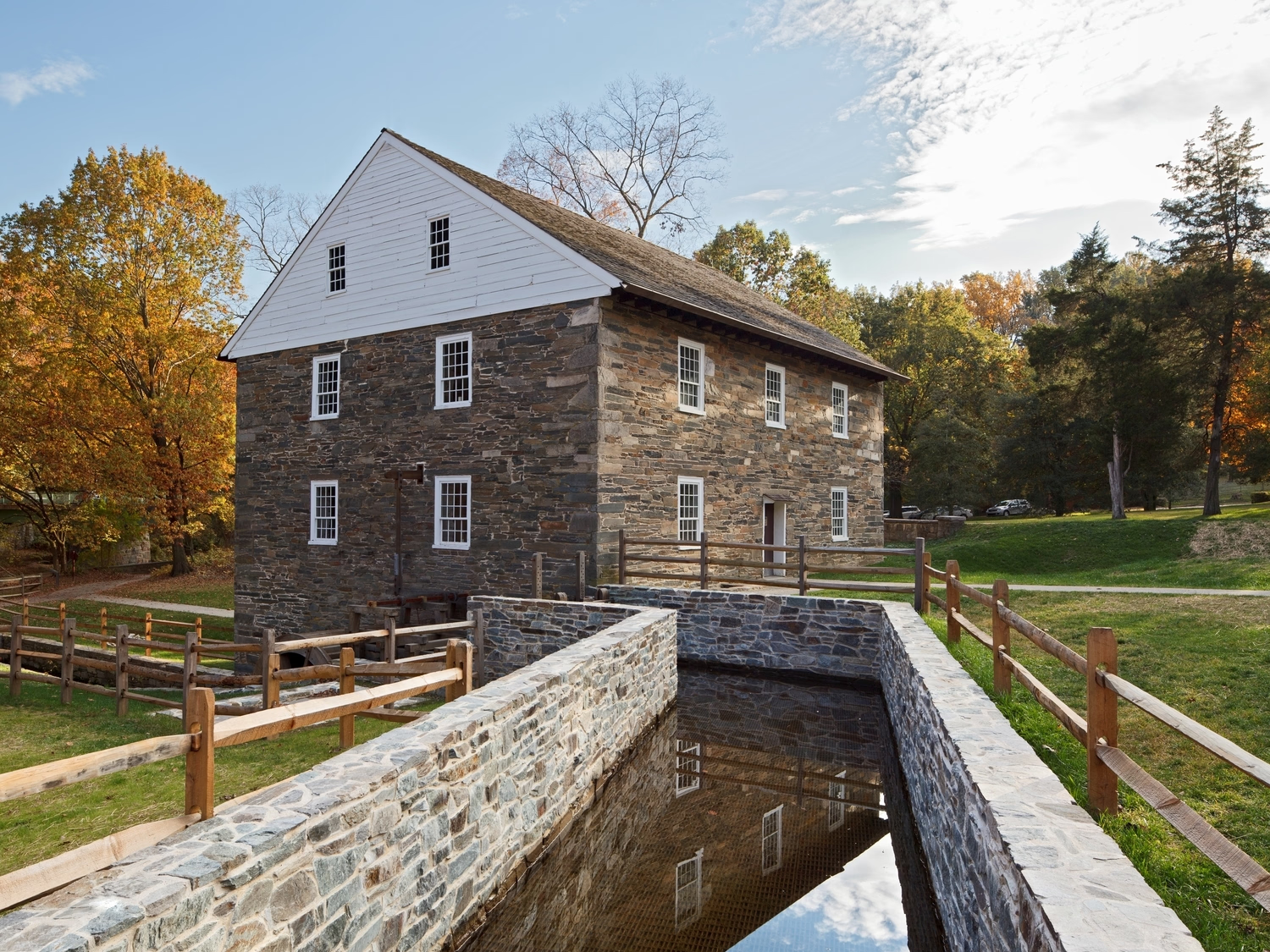

An Accessible Experience
Split Rock Lighthouse
Split Rock Lighthouse
We are working to upgrade the visitor experience of this National Historic Landmark light station. Split Rock Lighthouse is Minnesota’s most visited historic site, welcoming over 150,000 people every year. Our Cultural Landscape Report and subsequent implementation project are based on our deep understanding of the landscape’s history and stakeholders’ vision for its future.
Accessibility for people with mobility issues has long been an issue at Split Rock because the lighthouse and fog signal buildings perch atop a 20-foot-high rock outcrop. We analyzed 40 years’ worth of previous proposals before developing a solution that improves access while preserving the site’s integrity.
The plan respects historic integrity and improves the ability of the landscape to reveal its own story to visitors, while advancing accessibility, and enhancing interpretive experiences.

Cultural Landscape Report (CLR)
Our CLR provides a guide for the rehabilitation of the light station’s landscape. It presents detailed documentation of the site’s historical development, evaluates its existing condition and integrity, and recommends treatments that achieve stakeholder goals while preserving its character.

A New Perspective
We determined that there is no way to construct an accessible path to the current observation deck without doing irreparable harm to the site. Our design instead enhances the experience for all visitors by establishing a new accessible observation point overlooking Lake Superior.

Stakeholder Engagement
We facilitated an on-site workshop with the Minnesota Historical Society, Minnesota Council on Disabilities, Minnesota Department of Natural Resources, Minnesota State Historic Preservation Office, and National Park Service to develop a vision and goals for Split Rock moving forward.

Illuminating History
Split Rock Lighthouse served as an active navigational aid along a treacherous section of Lake Superior’s shoreline from 1909 to 1961. It was commissioned in response to a massive storm in 1905 that wrecked 29 ships in the area.

Making It Happen
Based on the success of our CLR, the Minnesota Historical Society engaged us to design landscape features that increase the site’s accessibility and restore its historic appearance. We are designing the new accessible overlook along with boardwalks, ramps, and gathering spaces.


